Rainbow Seven Domains™
A holistic educational approach that nurtures a child’s highest growth potential
About
Mission and Vision

Approaching education through this holistic lens ensures each child’s learning journey is personalized and balanced to foster thriving within and beyond their school-age years.
What is Holistic Education?
Holism is the understanding that life is an interaction of wholes, rather than a collection of individual parts. These whole systems interact in synergy- what affects one system will not only affect the other integrated systems but will also affect the whole.
Holistic principles can be found in health care, psychology, anthropology, ecology, economics, and other disciplines. Holistic Healthcare illustrates this concept well. For example, when evaluating a patient, a holistic doctor will take an integrative approach and consider all parts of the human “system,” including diet, exercise, lifestyle, and stress.
Holistic Education follows this same premise, subscribing to the philosophy that the learning experience is a comprehensive integration not only of traditional academic subjects, but of the many facets that comprise a human being. The reductionist view that humans are simply a mind/body construct- a machine with parts that can be modified in isolation- does not fulfill the learner’s true potential.
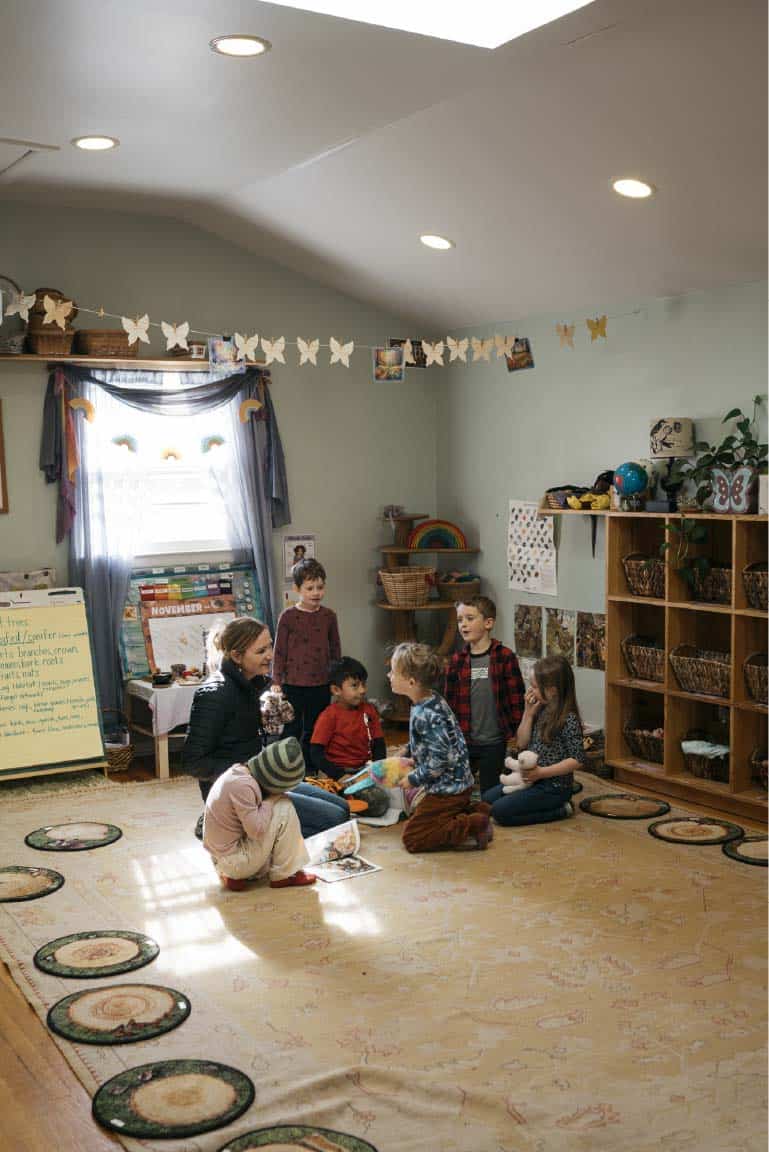
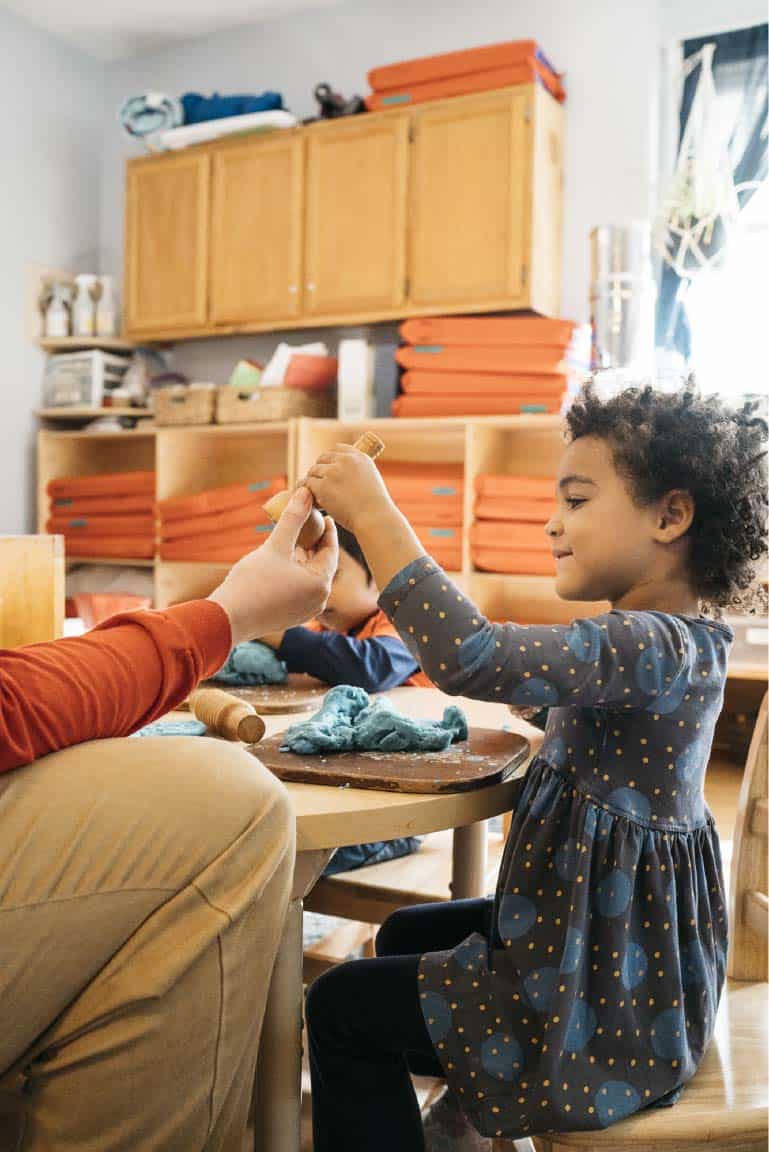
The Whole Learner
Yet, before we can truly nurture the “whole” learner, we must define those individual facets, much in the way that a prism defines white light into seven bands of color. At Rainbow Community School (RCS), the student is viewed Holistically through Seven Domains: spiritual, mental, social, emotional, creative, natural, and physical.
The purpose of this education model is to develop the whole learner into a healthy, intelligent, compassionate, creative, and productive human who is capable of leading an empowered and enriched life.
Holistic Education
Holism is the understanding that life is an interaction of wholes, rather than a collection of individual parts. These whole systems interact in synergy- what affects one system will not only affect the other integrated systems but will also affect the whole.
Holistic principles can be found in health care, psychology, anthropology, ecology, economics, and other disciplines. Holistic Healthcare illustrates this concept well. For example, when evaluating a patient, a holistic doctor will take an integrative approach and consider all parts of the human “system,” including diet, exercise, lifestyle, and stress.
Holistic Education follows this same premise, subscribing to the philosophy that the learning experience is a comprehensive integration not only of traditional academic subjects, but of the many facets that comprise a human being. The reductionist view that humans are simply a mind/body construct- a machine with parts that can be modified in isolation- does not fulfill the learner’s true potential.


The Whole Learner
Yet, before we can truly nurture the “whole” learner, we must define those individual facets, much in the way that a prism defines white light into seven bands of color. At Rainbow Community School (RCS), the student is viewed Holistically through Seven Domains: spiritual, mental, social, emotional, creative, natural, and physical.
The purpose of this education model is to develop the whole learner into a healthy, intelligent, compassionate, creative, and productive human who is capable of leading an empowered and enriched life.
Learn More About The Rainbow Seven Domains™
The Rainbow Seven Domains™ is an all-inclusive approach that nurtures the highest growth potential of each child that attends RCS. These domains underlay all teaching and the curriculum.
We use robust tools and strategies for effective instructional integration of this holistic approach. Some of the ways the Rainbow Seven Domains™ are incorporated into our education model are described below.
Spiritual
Mental
Creative
Emotional
Social
Natural
Physical
Spiritual
Mental
Creative
Emotional
Social
Natural
Physical
The Rainbow Seven Domains™ in the classroom
Teacher goals & growth
RCS teachers engage in ongoing professional and personal development aligned with domains education. Training in nonviolent communication, multisensory teaching, ecospirituality, and more are interwoven within best practices for innovative academic instruction. Each year, staff set goals to further evolve as holistic educators and leaders in the field.
Domain personas
Although we seek to foster a well-rounded individual, many people are naturally inclined towards one or two particular Domains, witnessing and engaging the world through their own unique lens.
The concept of the Domains is versatile and can be used not only for educational purposes but also as the understanding of personality archetypes, much akin to Jungian archetypes or Rudolph Steiner’s 4 temperaments.
Each Domain persona perceives and communicates uniquely. Each persona is also presented with innate challenges.
In understanding and respecting these differences, we can gain greater empathy toward others, form a stronger community ,and manage healthier dialogues. We can, as well, better understand and address the needs of our students.
Unit planning guide
Cultivating a holistic learning environment takes intentional planning. Our teachers use multi-week unit plans and short-term lesson plan frameworks along with assessment and feedback to guide their instruction.
These frameworks encourage thinking and planning through the Rainbow Seven Domains™ while also inviting cross-curricular integration.
Student narrative reports & progress reports
RCS takes a balanced approach to assessment. We use multi-faceted methods to create a well-rounded understanding of a child’s mastery of content and habits of learning.
Our conferences, progress monitoring, and narrative reports all highlight a child’s experience of learning within each domain. While the domains are inherently interconnected, this specific reporting helps to clarify a pathway for thriving for every child.
Curriculum integration
The RCS school day allows for large instructional blocks, physical play, social engagement, spiritual connection, and time in nature. This flexibility encourages depth of learning in all the domains.
While some lessons highlight one domain more than others, all of the domains are often integrated simultaneously into a lesson. For example, a Math class will primarily focus on the Mental Domain. However, students may be practicing math facts through kinesthetic learning games that utilize the Physical Domain.
Students may also ponder the deeper meaning of infinite numbers through the lens of the Spiritual Domain, or they may demonstrate how a math concept, such as the Fibonacci Sequence, is found throughout the Natural Domain, thus making the concept more memorable and relevant.
Students who are skilled in the Social Domain are proactive in asking questions and are adept in working in groups on math-oriented inquiry projects.
Further Integrating the Domains
Learners are often drawn to one or two particular domains for which they have a natural proclivity or talent. When a student is nourished in the particular domain they resonate with, their success often builds confidence and enhances growth in the other domains.
Reciprocally, the holistic approach allows for learners to explore domains that may be challenging, but in a way that utilizes the strengths they have in other domains.
This method is an intimate and nuanced approach, where the teacher will adjust their instruction and the learning environment based upon the individual needs and innate talents of the students.
Students are encouraged to participate in this process, further bolstering the synergy of the unique learner and the interactive, perceptive teacher.

Physical Domain
Embodies kinesthetic awareness, fine motor skills, gross motor skills, health & well-being.
Physical Domain
Perception:
• Intakes information through kinesthetic engagement
• Perceives self as a physical being
• Experiential learner
Communication:
• Interacts through physical engagement
• ”Doing” more than Thinking”
• Action-orientated
Challenges:
• Needs to be engaged in body
• May be difficult to be in structured academic situations
• Must occupy body to be free of mind
Thinks
in movement and through somatic sensations
Loves
moving, touching, running, jumping, dancing, building, & creating
Learning Needs
physical games, movement, hands-on experiences, and opportunities to build create
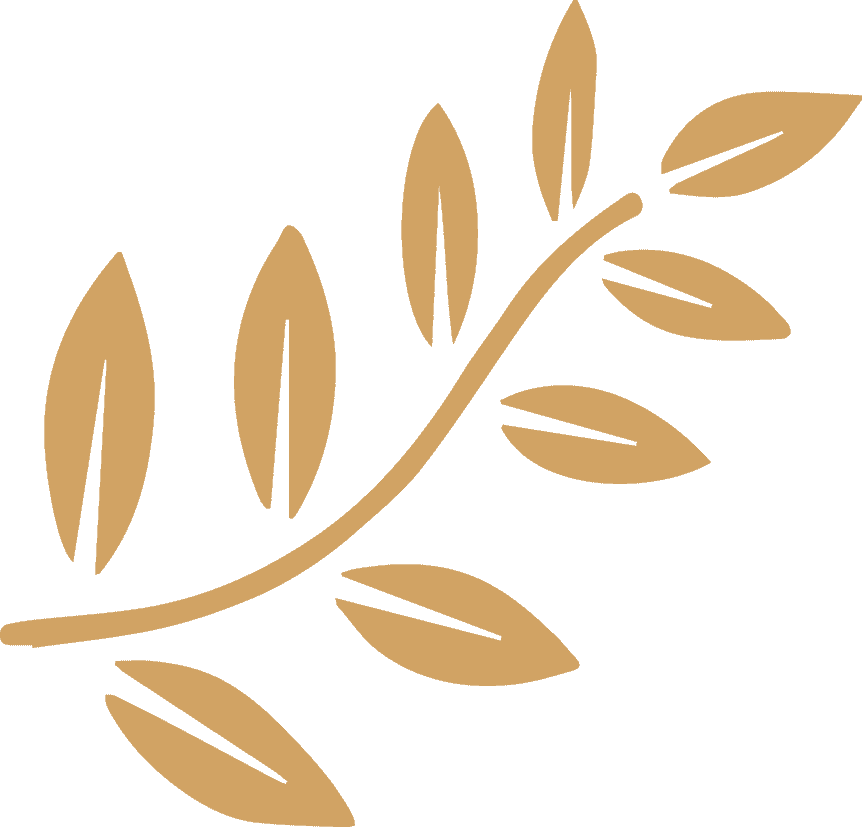
Natural Domain
Embodies reverence for nature, nature-engagement, stewardship & environmental action, and scientific knowledge.
Natural Domain
Perception:
• Multi-sensory awareness of the environment & surroundings
• Immersive learner desires to be engaged in pursuits
• Observant & curious •Patterns, cycles & natural rhythms frame observations
Communication:
• Collecting & sharing discoveries
• Making, building & crafting ideas
• Organization & pattern orientated
Challenges:
• Being indoors
• Especially abstract concepts
• Sensitive to plight of nature
Thinks
through the senses and through connection with nature
Loves
being outside, observing & studying nature, caring for living things
Learning Needs
time in the outdoors, materials from nature
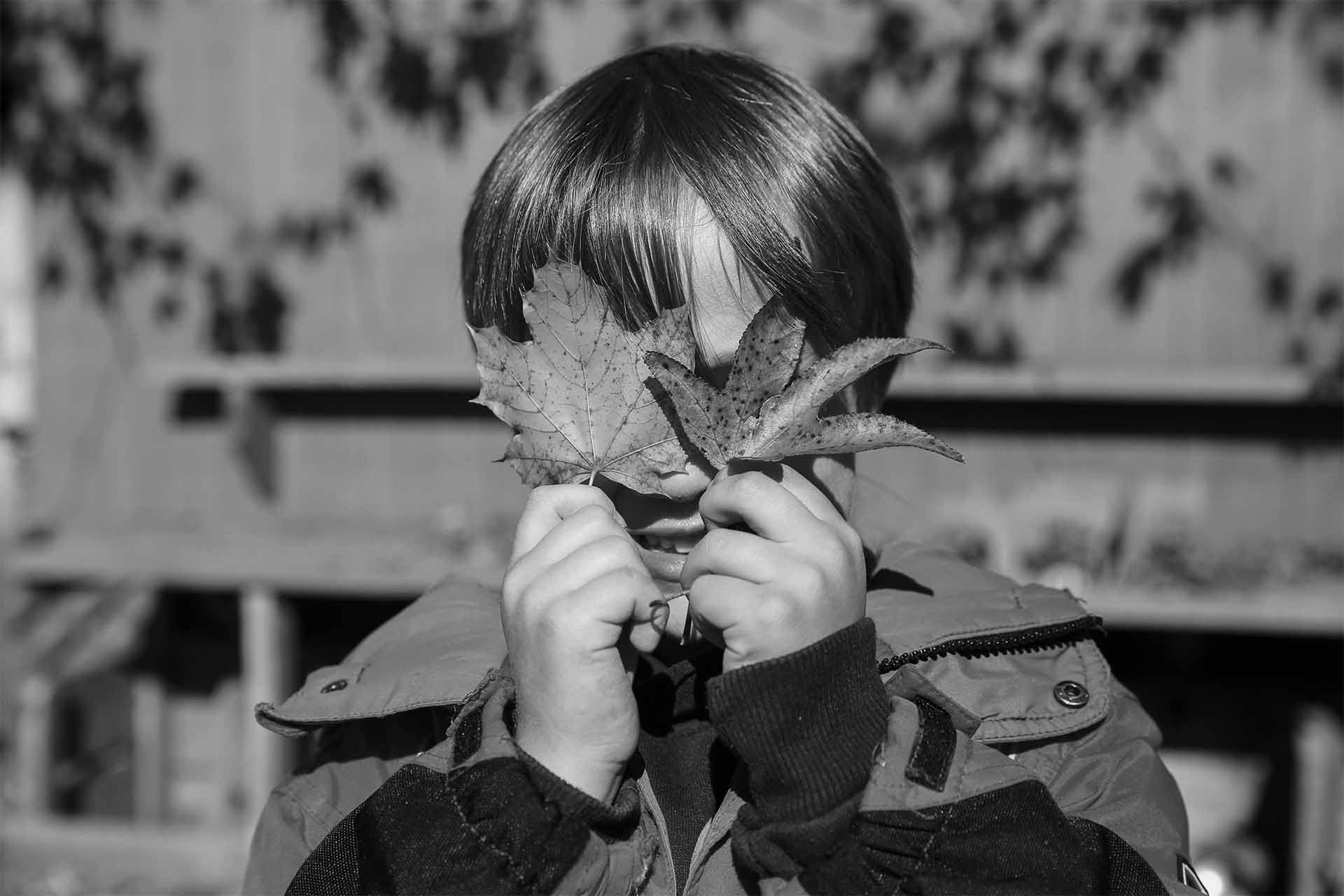
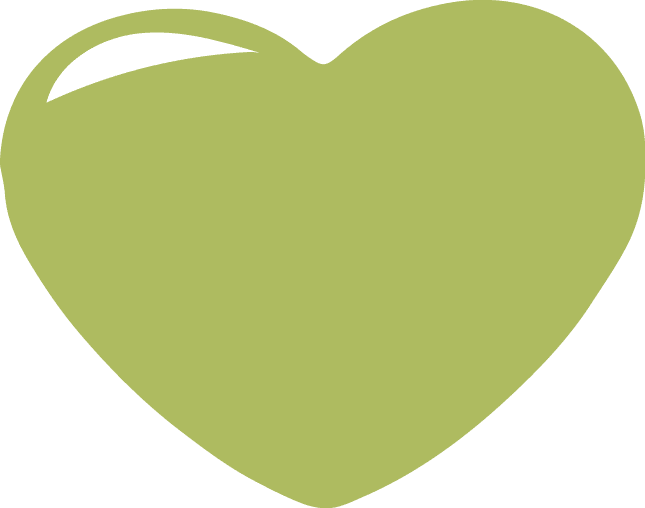
Emotional Domain
Embodies empathy, healthy expression, self-care & resilience and emotional literacy
Emotional Domain
Perception:
• Empathetic observers
• Keenly aware of the ‘energies’ of their environment & the moods of others
• Intuitive
• Compassionate
• Sensitive to intrapersonal forces
Communication:
• Seeks to communicate with authenticity & validity
• Active listener
• Wishes to understand & reflect on the many variables & perspectives that may be present
Challenges:
• Overdependence
• May need validation & approval
• May be overly sensitive / ‘moody’
• Leadership can be difficult
Thinks
with their heart and deeply inside themselves
Loves
reflecting on, talking about feelings; sympathizing & listening to others
Learning Needs
ritual and routine, centering, class meetings, and conflict resolution
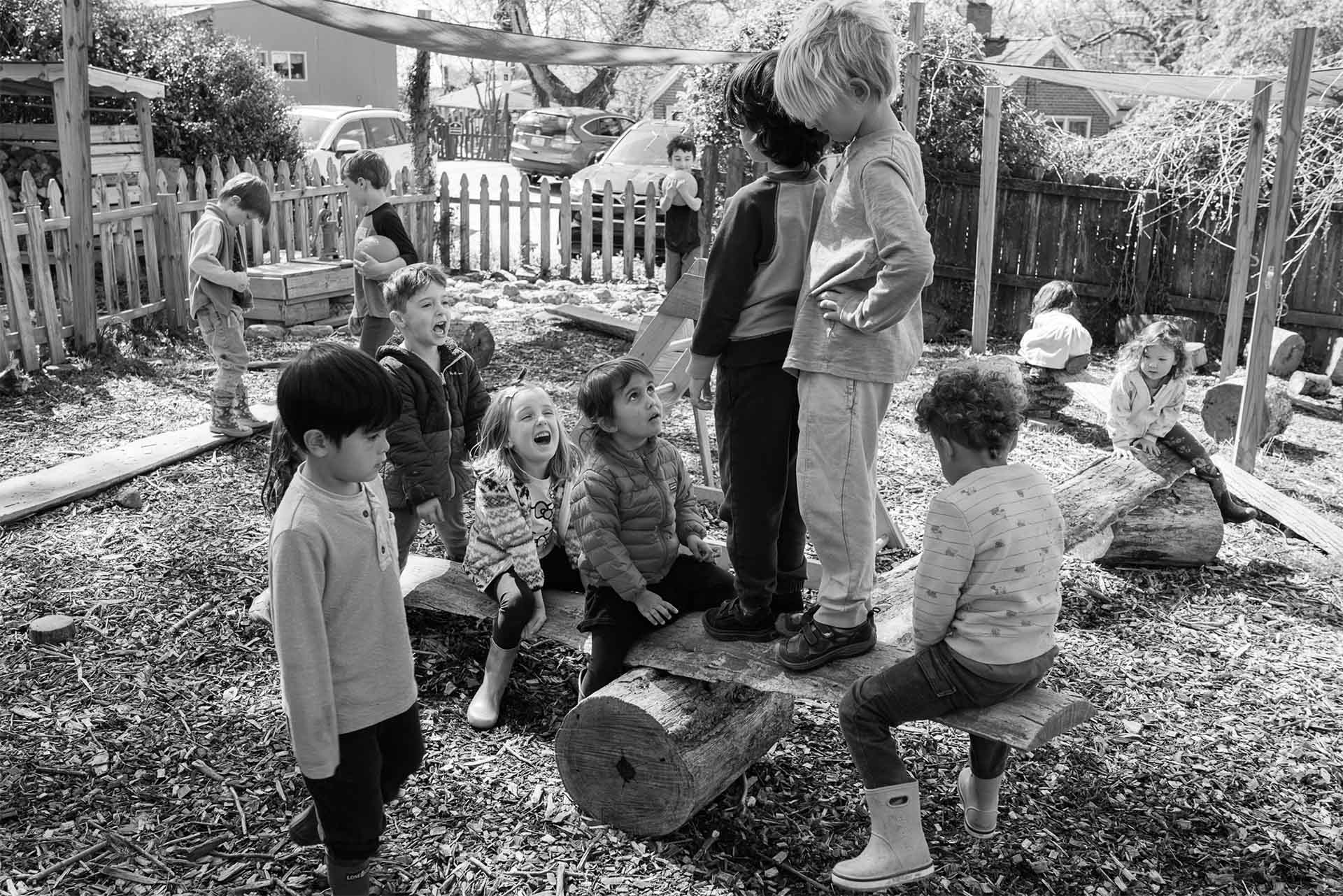
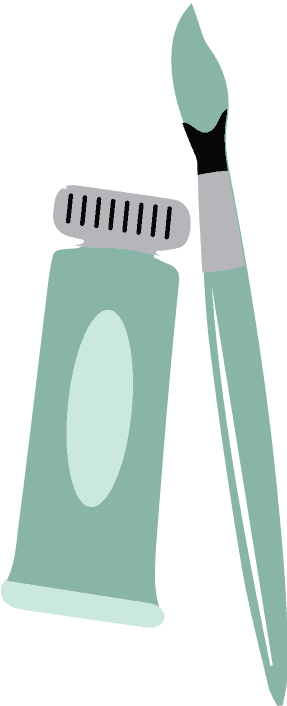
Creative Domain
Embodies imagination & innovation, process, product & execution, and art appreciation
Creative Domain
Perception:
• Perceives aesthetics: composition, beauty, form, artistry & arrangement
• Curious & passionate
• Immersive in their art
• Learns through process
Communication:
• Utilizes a multitude of mediums to share ideas
• Process orientated
• Communicate abstract ideas or emotions through artistic expression
• Seeks to be evocative & engaging
Challenges:
• Can be seen as aloof or confusing
• Can be ungrounded
• Difficult to work within a structure
Thinks
in images, visuals, rhythms and melodies
Loves
the arts – drawing, designing, sculpting, creating, singing, etc.
Learning Needs
inspiration, time, space and supplies/materials to create
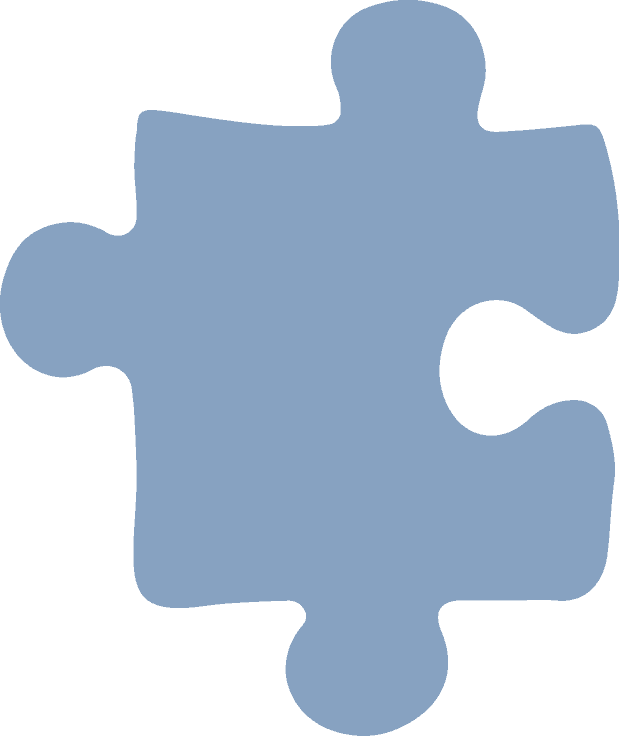
Mental Domain
Embodies inquiry, organization, cognition, and retention
Mental Domain
Perception:
• Seeks purpose: what is the goal? What are the steps to achieve this goal?
• Prioritizes & analyzes
• Organizes information through structure & order
• Synthesizes tangible connections & utilizes formulaic methods
Communication:
• Direct & straightforward
• Explanatory
• Linguistic
• Symbols & Formulas can bolster ideas
Challenges:
• Unfocused discourse will challenge
• Communication style can be intimidating
• May be rigid in their thoughts & need concrete proof
• Not open to “fantasy” or other such esoteric explorations
Thinks
in words, patterns, through reasoning and problem solving
Loves
reading, writing, word & number games, puzzles, experiments
Learning Needs
academically challenging and inquiry based learning opportunities
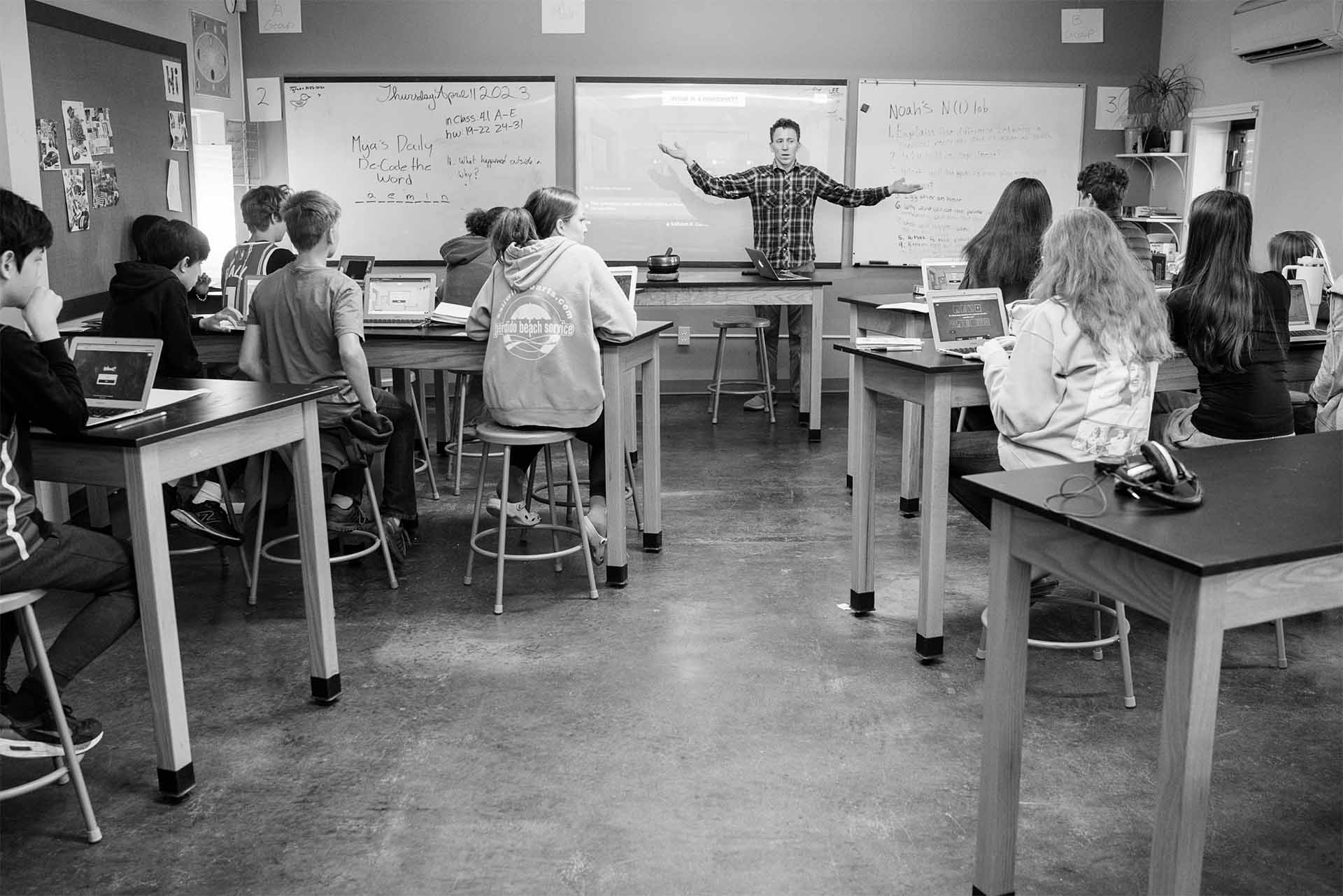
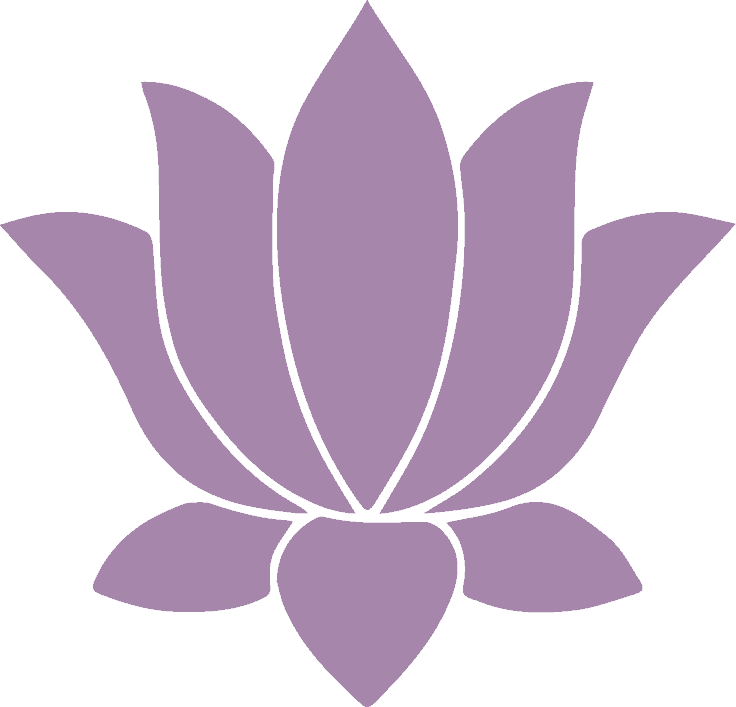
Spiritual Domain
Embodies mystery & contemplation, spiritual virtues, celebration & ceremony, and world traditions
Spiritual Domain
Perception:
• Intuitive
• Seeker
• Asks the “big” questions
• Seeks the mysteries & the esoteric
• Questions often
• Contemplative
Communication:
• Metaphor, myth & story all used to communicate
• Non-verbal
• Presence orientated
Challenges:
• Being grounded
• Structure
• The hubbub of modernity & social norms
• Can be seen as aloof
Thinks
through reflection and contemplation
Loves
centering, mindfulness, contemplative & reflective practices
Learning Needs
time alone, quiet, space, and reflection
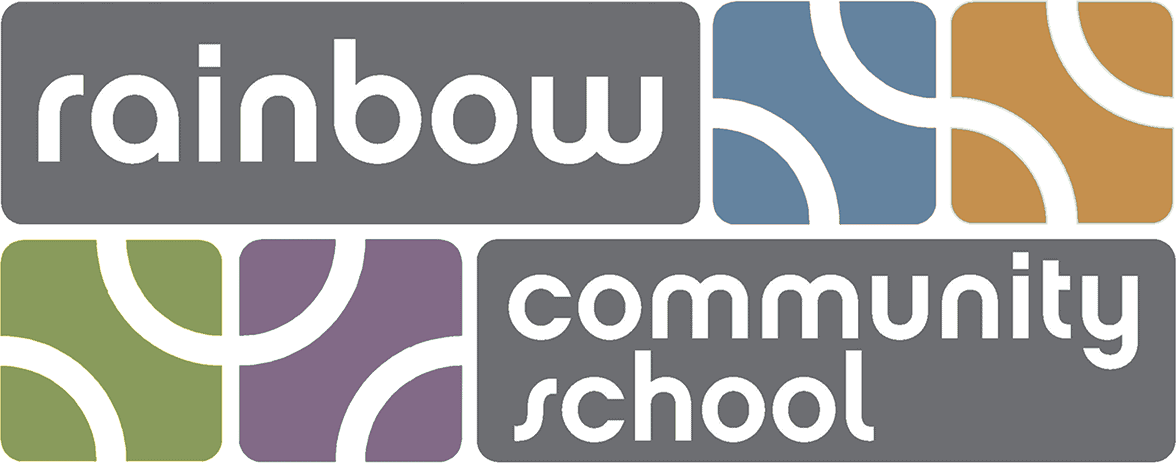


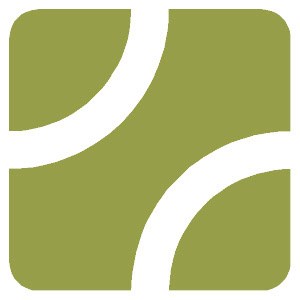



Social Domain
Embodies self-esteem, communication, social responsibility, and collaboration
Social Domain
Perception:
• Focuses upon connections & bonds
• Filters the world through a series of interactions/reactions
• Reflections of experience often focus on interpersonal interactions.
Communication:
• Adept at interpreting social cues
• Flexible interaction styles allow for a more varied & authentic interaction among a wider & more varied population
• Gregarious, affable & engaged communicators
Challenges:
• Needs confidence to be comfortable
• Needs to ‘fit in’ & has a hard time finding their own voice
• Being alone
• Can manipulate or be manipulated, as they are so engaged in social dynamics
• May lack empathy for those who are not as socially fluid as
themselves
Thinks
through collaborative communication and action
Loves
friends, social events, joining groups, leading & organizing people
Learning Needs
social learning opportunities: partner, small and/or large group